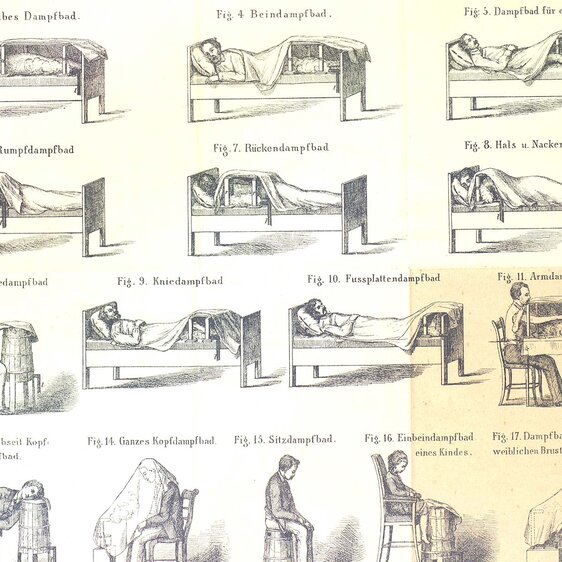National Museum Zurich
| 10.6.2023 - 12.11.2023
Written in the 1940s in the Swiss canton of Ticino, two particular novels for young people continue to touch and move their readers 80 years on. They are Die Rote Zora und ihre Bande (published in English as ‘The Outsiders of Uskoken Castle’ and featuring the red-haired Zora of the German title) and Die Schwarzen Brüder (‘The Black Brothers’). Behind these two classics are two German authors – Lisa Tetzner and Kurt Kläber – both writing and life partners, who fled to Ticino when the Nazis came to power.
In 1933, Lisa Tetzner and Kurt Kläber took up residence in Carona, a small village just south of Lugano, where they rubbed shoulders with numerous writers and artists. Ticino – which until the mid-19th century was the poor part of Switzerland – had rapidly become a popular destination for travellers with the opening of the Gotthard tunnel and the emerging tourism industry. Writers and artists in particular, such as Hermann Hesse, Meret Oppenheim and Erich Maria Remarque moved to southern Switzerland, and many settled in Ticino. The internationally famous artists' colony Monte Verità, which was set up in 1900, also played a part in this.
From 1933, Lisa Tetzner and Kurt Kläber spent their lives in this culturally stimulating environment. Kläber, who was a member of the Communist Party, had been politically persecuted in Germany and was only safe after fleeing to Switzerland. But even there the couple's life was not easy. Kurt Kläber was banned from publishing, so his wife was forced to become the sole breadwinner. The German National Socialist regime had also left deep scars on the pair and their social and political engagement permeates their work. For example, 'The Outsiders of Uskoken Castle', which Kläber published under the pseudonym Kurt Held, features red-haired Zora as the leader of a gang of young people on the Adriatic Coast who are fighting against adults and injustice, while 'The Black Brothers' tells the story of Giorgio, a Spazzacamino (chimney sweep) who is sold to the city of Milan.
The two works are shaped by personal experience and have lost none of their power and emotive force in the 21st century. The exhibition connects the worlds of the two heroes with the lives of Lisa Tetzner and Kurt Kläber in Ticino, which evolved to become a tourist and cultural hotspot in the 20th century.



